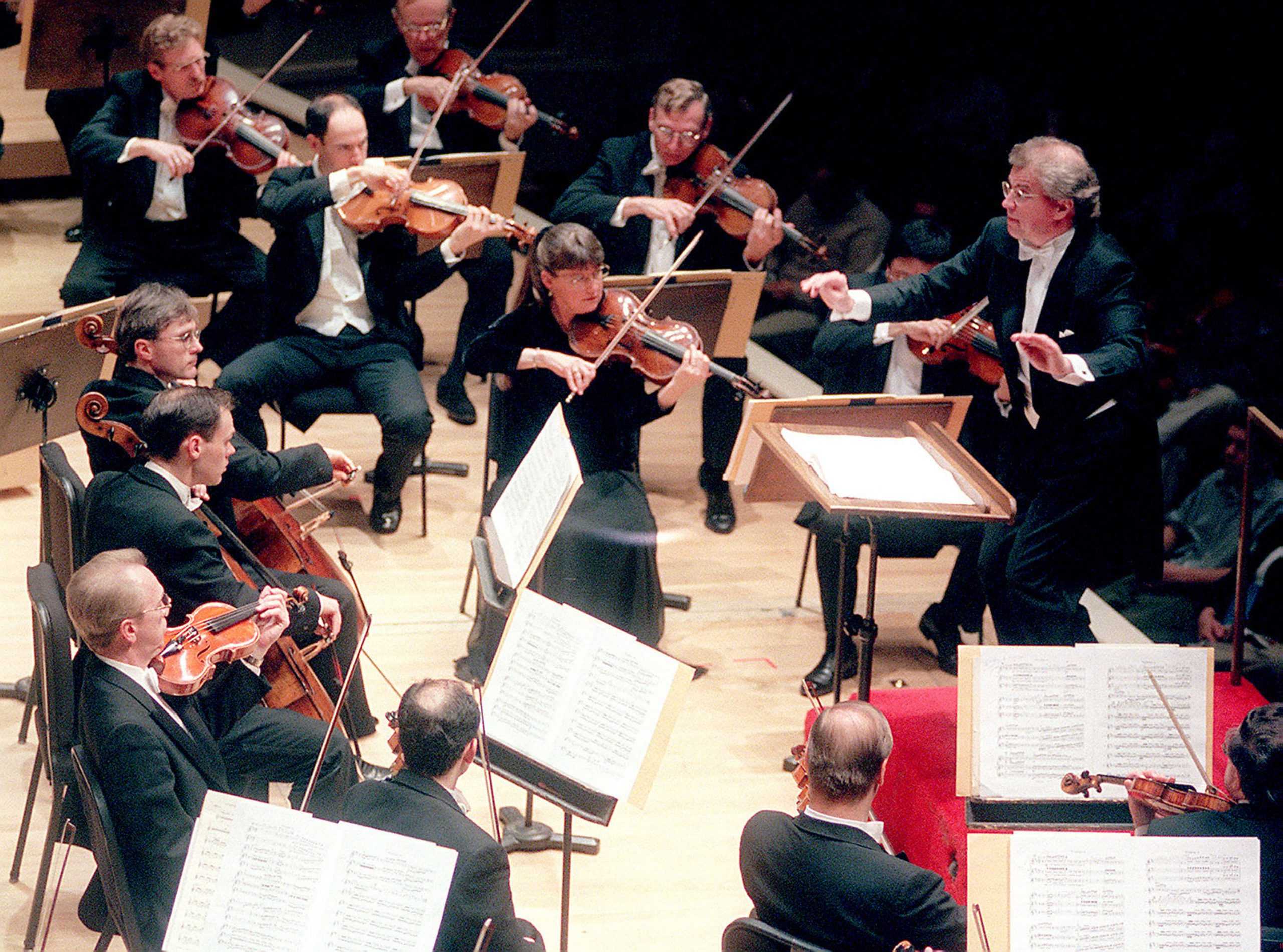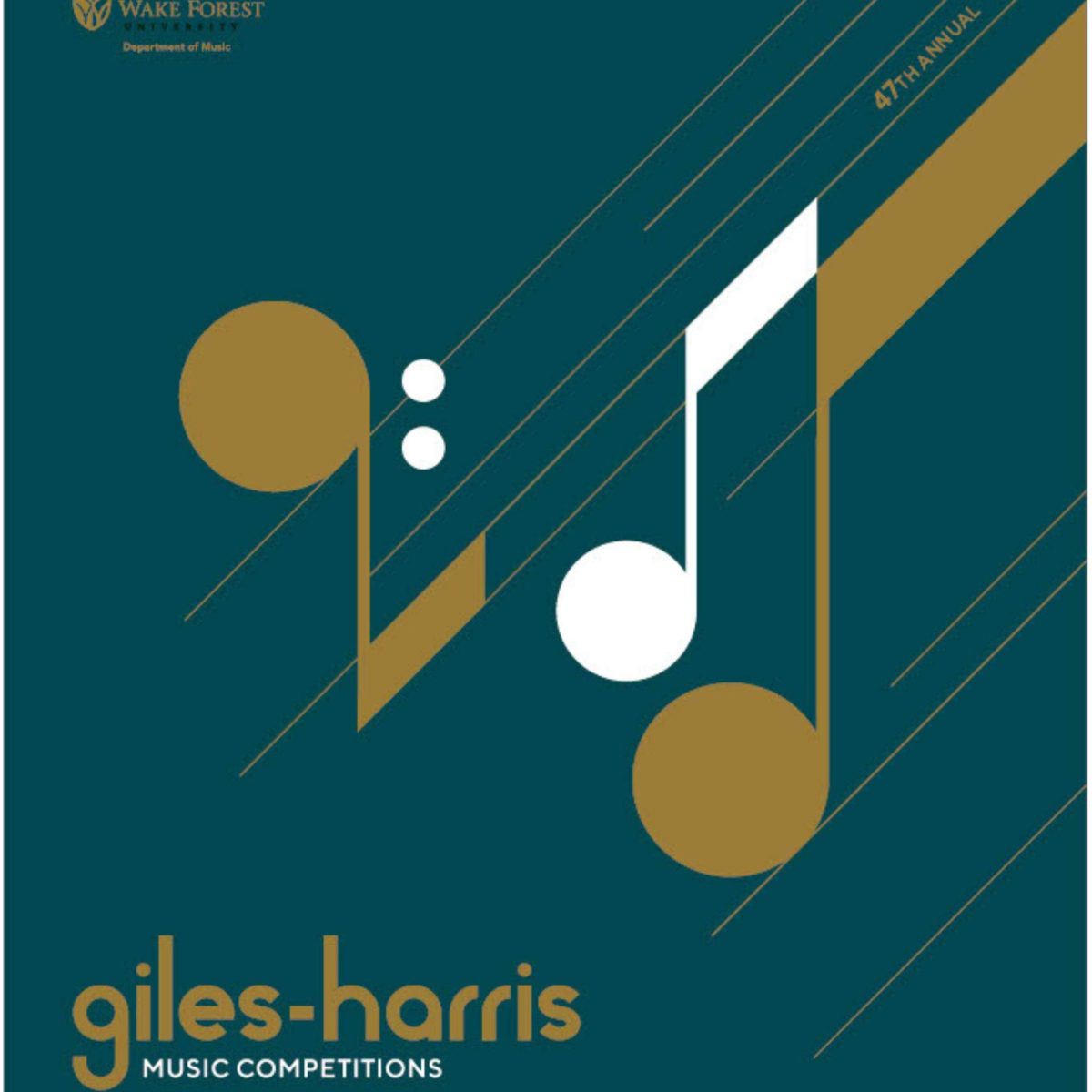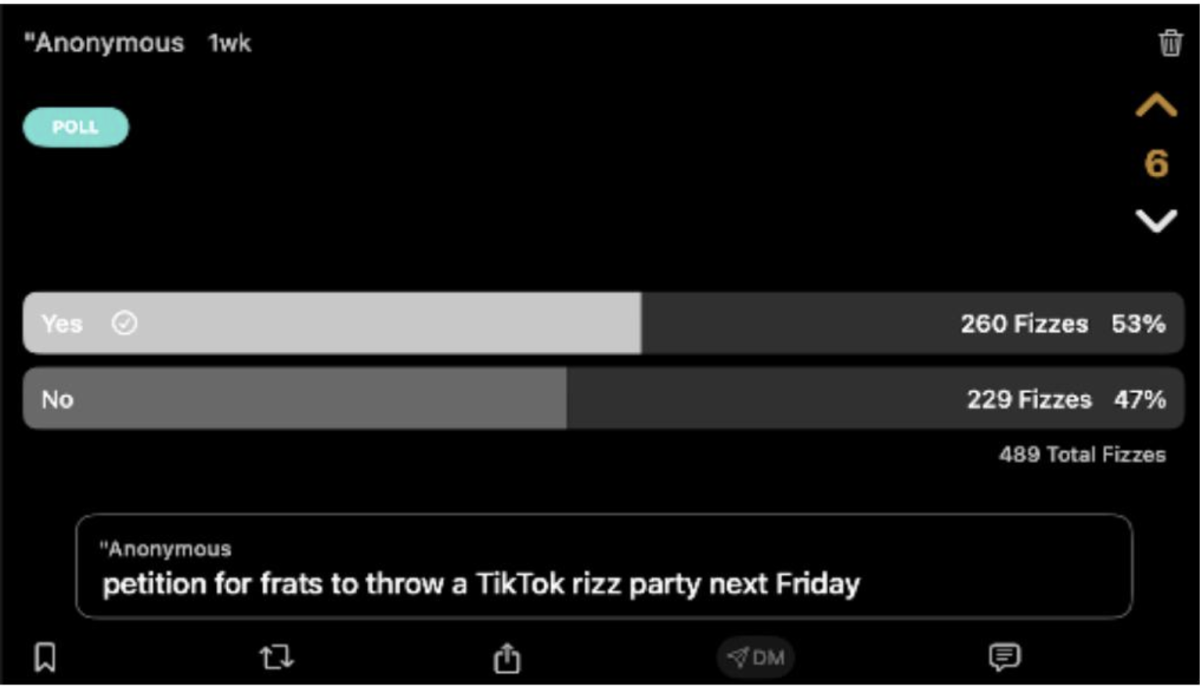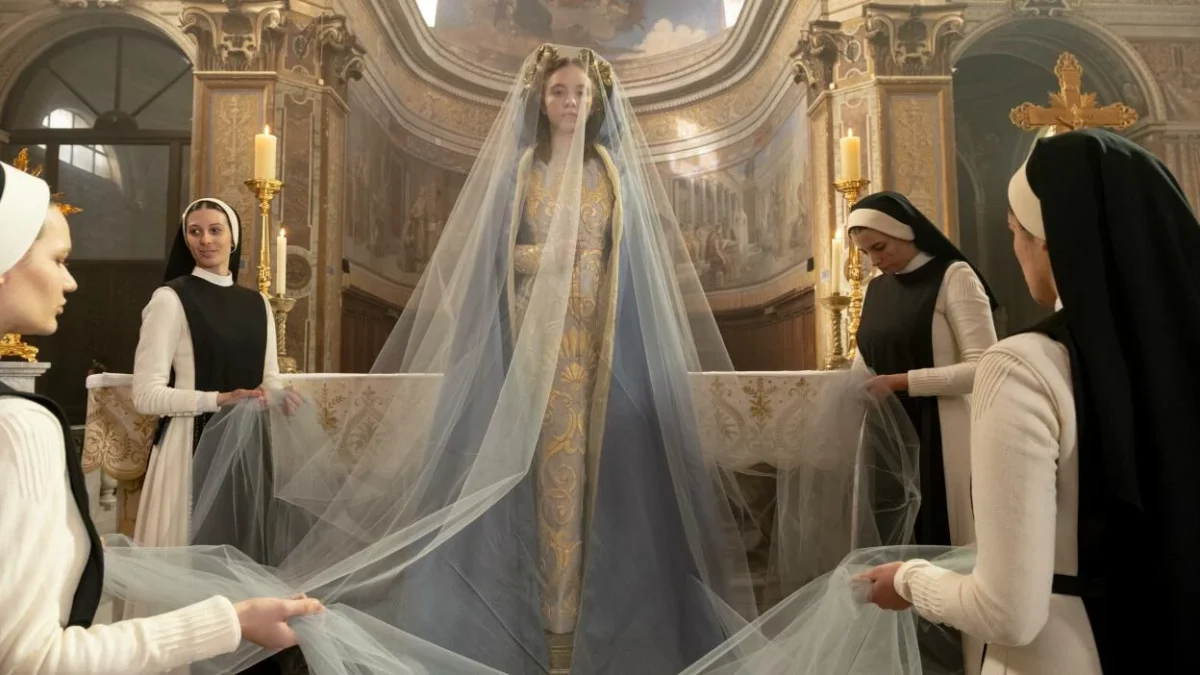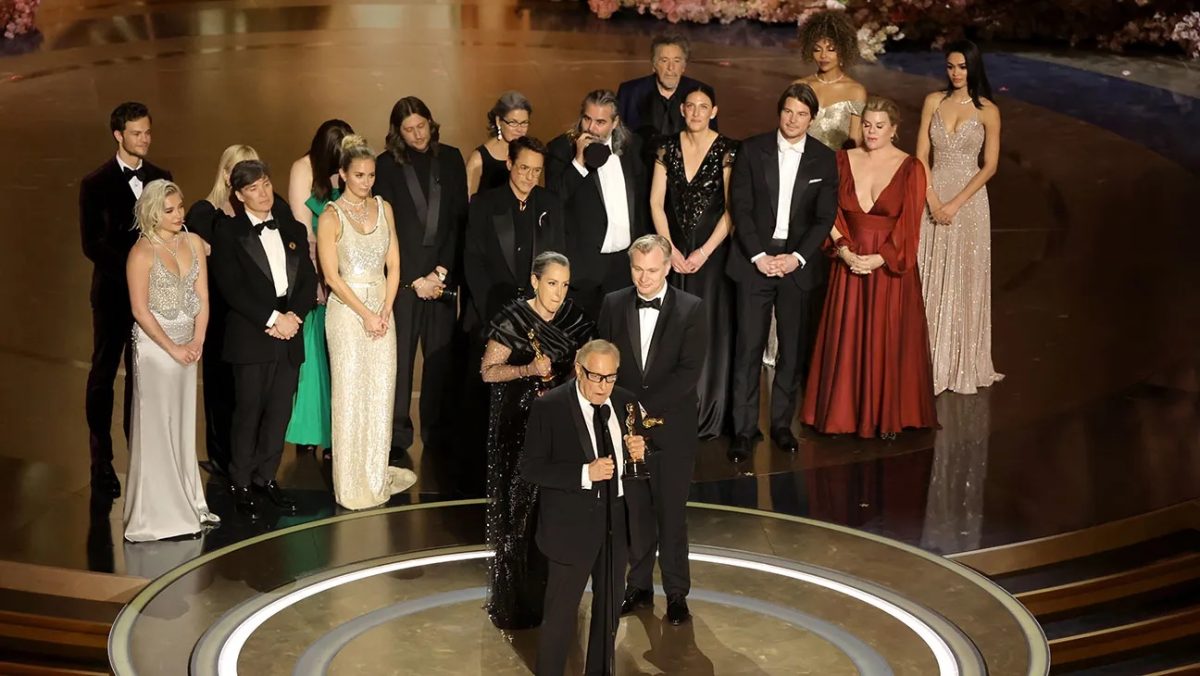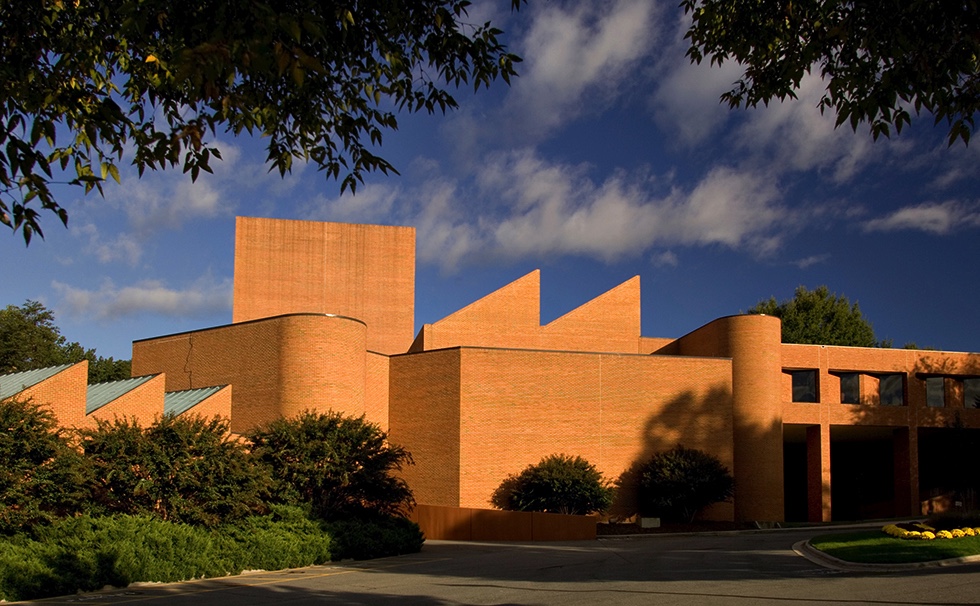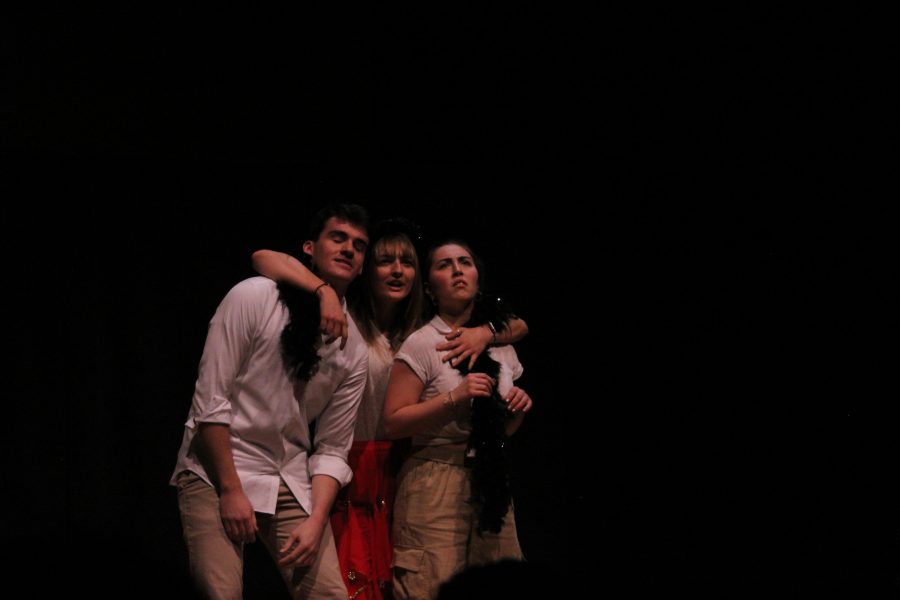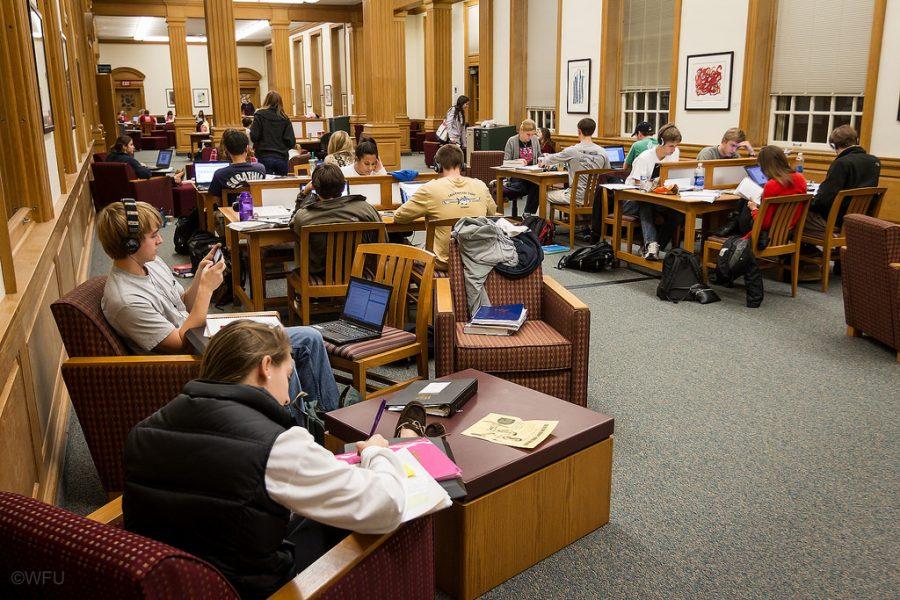On Tuesday, April 5 at 7:30 p.m., the Winston-Salem Symphony, conducted by Robert Moody, performed the last of three performances of their spring program.
The performance took place at the Stevens Center of the UNC School of the Arts on 4th Street in downtown Winston-Salem. The program included Edvard Grieg’s “Peer Gynt:”Suite No. 1, op. 46, Aaron Copland’s “Appalachian Spring”: Suite, and Ludwig van Beethoven’s “Symphony No. 2,” op. 36 in D Major.
Copland and his music are recognizably American. He was born in Brooklyn in 1900 and died in 1990. Copland gave rise to the distinctly “American” voice in 20th century classical music. Appalachian Spring evokes accurate musical images of the Appalachian mountain chain and the surrounding nature.
Grieg was a Norwegian composer known and loved for his lyricism influenced and derived from folk tunes and Romantic characteristics. “Peer Gynt:” Suite No. 1 includes four movements: “Morning” (Morgenstemning), “Ase’s Death” (Ases død), “Anitra’s Dance” (Anitras dans) and “In the Hall of the Mountain King” (I dovregubbens hall). The symphony did not perform Suite No. 2, which includes another one of Grieg’s most well-known and loved pieces, “Solveig’s Song” (Solveigs sang). “Solveig’s Song” is my most favorite part of the Peer Gynt suite, and has had lyrics put to it in Norwegian, English, Swedish and probably more languages for singing performance as well.
Beethoven was a German composer and is known being one of the most important figures in the history of Western music. His most well-known symphonies are the Fifth and Ninth, but his Symphony No. 2 demonstrates his mastering of the symphony. It was first performed in Vienna on April 5, 1803, exactly 213 years ago.
It is amazing to think how impactful music can be as well as how long some music can be enjoyed, performed and learned.
The production was beautifully organized and performed, and the orchestra and composer created a comfortable atmosphere from the beginning. Moody explained the pieces and their intent within the theme of the entire program to enhance the feeling of a genuine community.
One of the challenges that local symphony orchestras and operas face is bringing in new audiences, more importantly young audiences. What deters a potential audience member from going to the symphony or the opera is the length and the lack of understanding of how the music within the productions should have meaning and connection to the audience. When I plan to attend a symphony or opera, I take time to understand each piece so I can enjoy it fully live.
What some may question is the difference between hearing the pieces live versus on YouTube. Just as though one would attend a musical theater production on Broadway or a concert performed by J. Cole, the event is about the overall experience. The performance of this spring program delivered a unique experience to the audience. What is so special about a symphony performance is the amount of effort and understanding of the players to communicate the experience to the audience. Sometimes it is a tune or a theme, or even a note that will evoke a new emotion or thought.
Music director Robert Moody included a surprise performance of the March No. 1 of the Pomp and Circumstance Military Marches, op. 39 by Edward Elgar, which in translation is familiar to us as “The Graduation March” and is played as the processional tune for most, if not all graduation ceremonies. This program in particular was special because of how recognizable and familiar some of the pieces were for most people.
Whether or not someone recognizes the composers or composition names, each of the works performed included famous tunes. From Grieg’s “Peer Gynt” Suite No. 1, the recognizable movement was “In the Hall of the Mountain King.” From the “Appalachian Spring” Suite it was the theme and variation on the Shaker melody Simple Gifts (1848). A recognizable tune of Beethoven’s “Symphony No. 2” can be found in the third movement scherzo.
James Boswell majoring in mathematical economics said that “[He] was surprised at the range of reactions the entire performance gave [him]. There were movements that were highly thrilling and others that were serene and everything in between. I definitely want to go back.”
It is important to get out of the Wake Forest community and explore the cultural experiences of Winston-Salem. The student rush tickets an hour before the show were $7. A community symphony is special because the musicians stay throughout multiple seasons, creating a family within the symphony and familiar faces for the audience. When I lived in Connecticut, I would visit the Hartford Symphony Orchestra at least once a month and had my favorite violinists, brass-players and cellists to observe in action.
I encourage Wake Forest students to explore the talent and culture of the Winston-Salem community and check out the upcoming productions for the Winston-Salem Symphony or the Piedmont Opera.

